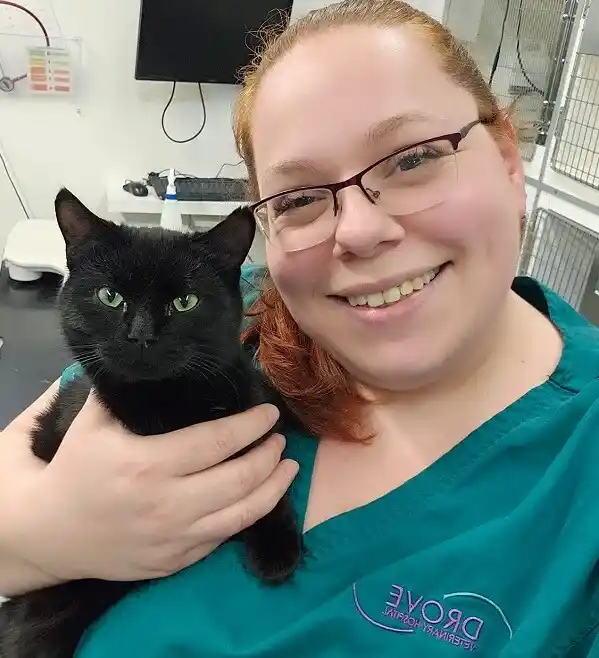As humans, we know how important good hydration is to our everyday wellbeing. Just as it’s important to us, it’s also important to all of our beloved pets, especially in the warmer months.
The top 5 symptoms of dehydration in animals are:
- Dry and sticky gums, take a moment to touch your pet’s gums (if it’s safe to do so) and see how they feel, they should always be moist.
- Loss of skin elasticity – lift their scruff up gently, it should spring back into position, if it’s return is delayed this could be a sign of dehydration (please note as animals age they naturally loose the elasticity of their skin so this is not always accurate in older animals).
- Lethargy – dehydration can lead to a lower amount of circulating blood meaning all of the key things we need to function take longer to get to where they are needed.
- Low energy leads to excessive panting in dogs, cats should never breathe with their mouths open so if you see this it is a medical emergency.
- Loss of appetite – if the gastrointestinal system starts to dry out so does the passage of food leading to sluggish digestion and a loss of appetite.
It’s also important to be wary of over hydration due to constant access to pools and hosepipes as this can be just as deadly as dehydration.
How can you increase the amount of water your pet drinks?
- Have extra bowls of cool clean water around the house (especially during hot weather) and change the water in them more frequently.
- Consider investing in a pet water drinking fountain that continually cycles and filters the water, many pet’s (especially cats) prefer running water over that which is stagnant in a bowl.
- Add flavouring to water on hot days, a little spring water from a can of tuna can be enough to encourage water intake.
- Feed more wet food as they have a high water content.
- Soak dry food in warm water, it will absorb the water and become spongey.


